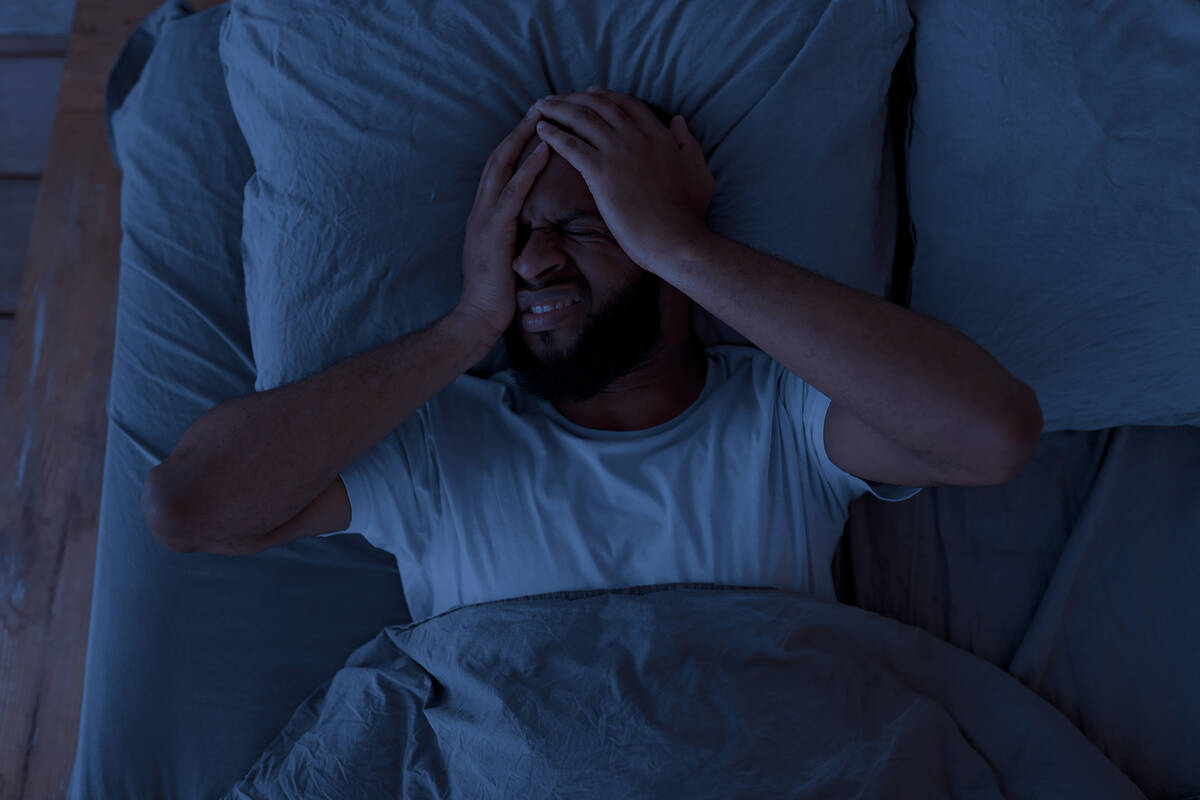What are the surgical options to treat sleep apnea?
Question: I was diagnosed with obstructive sleep apnea and was prescribed a CPAP machine. However, it doesn’t seem to be helping. My doctor said we should consider surgical treatment. What are the common surgical options to treat obstructive sleep apnea, and what is the recovery like for these types of operations?
Answer: Obstructive sleep apnea is a disorder where sleep is disrupted by a lack of good airflow through your breathing passages — your mouth, nose, throat — during sleep. People with this disorder not only suffer from lack of restorative sleep, they also are at risk of many medical problems, including high blood pressure, cardiovascular disease and stroke, as well as occupational or vehicular accidents. Obstructive sleep apnea is common, affecting an estimated 20 million to 30 million people in the U.S.
First-line therapy for obstructive sleep apnea is some form of positive airway pressure, commonly called CPAP. This works by supporting the soft tissues of the airway during sleep. Unfortunately, there are many people who do not tolerate it well because of issues of claustrophobia, air passing into the stomach or facial shapes that don’t allow a good mask fit.
Fortunately, there are surgical options available for such patients. The decision to abandon positive airway pressure therapy should not be made lightly, though, nor before a patient really tries to tolerate CPAP. Changes in pressure delivery, mask fit and other techniques often can make CPAP more tolerable and successful. Work with your sleep specialist to make sure you have exhausted all nonsurgical options because surgery carries risk.
Many surgical options attempt either to remove extra airway tissue that collapses during sleep or support the tissues in a way that helps you breathe better.
The simpler operations are soft tissue surgeries in the nasal, oral or throat areas that remove or reposition tissues. These often are outpatient surgeries so you can go home the same day. Depending on what is done, recovery usually involves management of pain; wound care, such as nasal or oral rinses; short-term dietary modifications; and perhaps a week or so off work.
Because these are smaller operations with lower morbidity, they are generally most useful in cases of mild or moderate obstructive sleep apnea, and their success rates overall are lower than more involved surgery. However, once healed, patients don’t need to use a machine or other device at night.
Another more recent option is the use of a nerve stimulator to help the tongue and palate muscles stay open during sleep. A hypoglossal nerve stimulator is a little bit like a pacemaker for your airway. It utilizes a small battery pack under your chest skin with sensors to detect when you breathe in at night and leads that stimulate your airway muscles to stay open. This device is implanted surgically and activated by patients when they go to sleep.
Recovery is similar to that with soft tissue surgeries, and patients can return to work pretty quickly. The impact on diet and issues of wound care are less than with soft tissue surgery. This can be a very useful option in some patients and is highly successful, but there are some restrictions, including body weight and severity of obstructive sleep apnea, that eliminate some patients as candidates.
Finally, some patients with severe disease or obesity who are not candidates for the more minor operations may be candidates for surgery on the facial bones themselves. These surgical approaches move the bony attachments of the soft tissues to a position where the airway stays open at night. These operations are useful in patients with facial bone development problems, such as a retruded lower jaw or chin, because those patients are at much higher risk for soft tissue collapse.
Bony surgery repositions the lower jaw to where it should have had more normal growth. These bony operations are more involved, usually require a one- to two-night hospital stay, and have more impact on patients because of diet and activity restrictions, swelling and sometimes changes in facial appearance (usually positive). Interestingly, these surgeries are less painful than soft tissue operations. They are highly successful and do not require any effort on the part of the patient after surgery.
Determining which surgical options are appropriate for any one patient requires a thoughtful approach. But it is critical that you have long-term treatment of your obstructive sleep apnea to avoid medical or other complications in the future.
Dr. Christopher Viozzi is an oral and maxillofacial surgeon with the Mayo Clinic in Rochester, Minn.


















